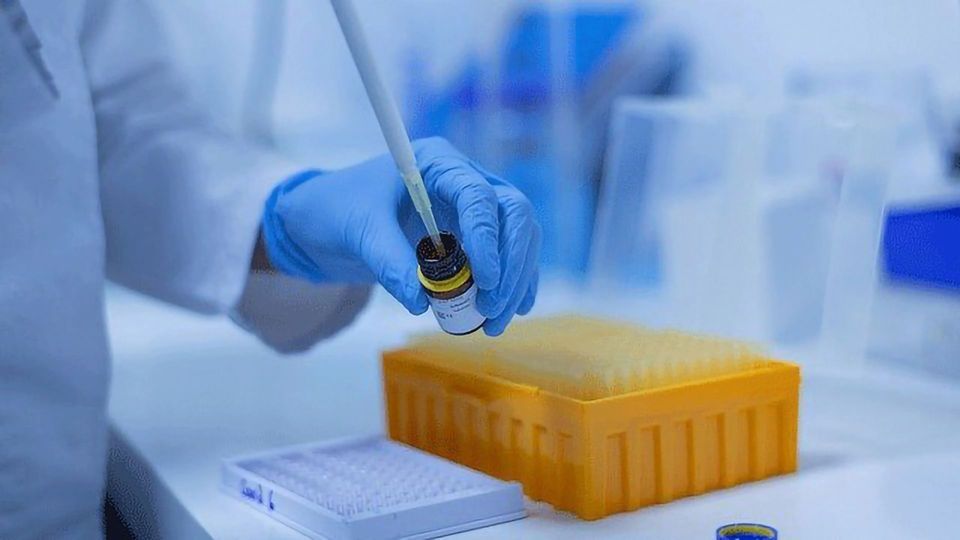Identify Easily Controlled Sources of Variability in Assays

Complete the form below to unlock access to ALL audio articles.
There is a certain amount of variability inherent in the biology of assays, though some portion of the total may be due to non-biological, relatively easily controlled sources that should not be overlooked. The Artel whitepaper “Process Optimization for Assays: A framework for controlling variability and optimizing assay performance” details how to detect and address these factors. The streamlining and efficiencies that can be realized from such optimization can be significant, especially in such high throughput operations as COVID testing.
Viewing an assay as a process with discrete steps that can each be optimized provides multiple opportunities to improve overall data quality.
Dr. Nathanial Hentz offers a framework for addressing the assay process that details how pipetting, mixing, centrifuging, washing, and incubating steps all offer opportunities for minimizing controllable sources of variability. He includes recommendations for optimizing each type of step in the whitepaper which is available on Artel’s website.

